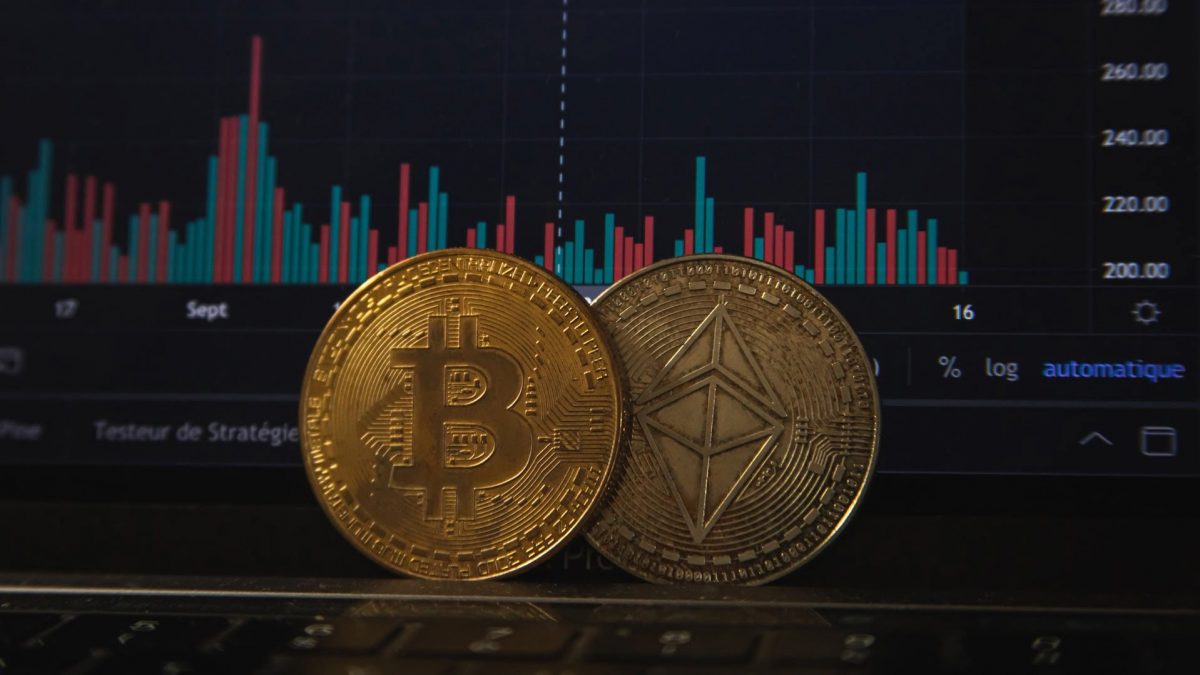Let’s face it: If the crypto winter has a temperature, it could plunge past sub-zero.
While countless NFT communities continue to build and work to add value to their projects, they do so against a backdrop of harsh realities that are just too big to ignore.
In July, OpenSea announced it was laying off 20 percent of its staff to curtail the winter’s future effects. A month prior, Coinbase announced a hiring freeze that would last “for the foreseeable future” and rescinded several accepted job offers. Other exchanges, like Gemini, have likewise announced staff reductions in recent weeks. Web3-wide, the name of the game is now largely contraction and preservation.
But crypto and NFTs don’t exist in a bubble, which makes it hard for either to thrive when macroeconomic and geopolitical tumult are rocking the globe. U.S. inflation alone broke a four-decade high before relaxing to 8.5 percent in July. The Federal Reserve System warned earlier this year that the global economic effects of Russia’s invasion of Ukraine would likely “reduce GDP and boost inflation significantly.”
But neither exaggerated doom and gloom nor baseless optimism will be of much help to anyone who’s rooting for the swift end of the bear market. Taking the honest temperature of the ecosystem can only help Web3 communities build out of these difficult circumstances.
So, how do some of the largest companies in the NFT space view the crypto winter and the measures they take to adapt and thrive in it? First of all, it’s not their first winter rodeo. But it raises the question: should companies now forced into taking drastic measures to stop the bleeding have been more prepared for the bear market?
A crypto winter like no other
“I think the current crypto winter was inevitable,” explained Art Blocks CEO and founder Erick Calderon in an email exchange with nft now. “It’s not always a startup’s fault when things don’t go as planned, but we as a company go overboard with protecting our business and our team. I watched the industry collapse in 2017 and 2018 and committed to doing anything in my power to help shelter Art Blocks from these damaging crypto cycles.”

While Web3 is no stranger to cycles, it’s crucial to note that the one-two punch of a crypto winter coupled with a potential worldwide recession is compounding difficulties for everyone.
But OpenSea appears think planning for the long-term is key. In a company note to employees announcing recent layoffs, CEO Devin Finzer wrote that the marketplace has “entered an unprecedented combination of crypto winter and broad macroeconomic instability, and we need to prepare the company for the possibility of a prolonged downturn.”
Speaking to nft now via email, a spokesperson for OpenSea elaborated on these comments and offered a more hopeful perspective on the situation.
“OpenSea was built with the cyclicality of crypto in mind.”
Opensea spokesperson
“We’ve been through winter before,” the spokesperson said. “OpenSea was built with the cyclicality of crypto in mind. Users and newcomers to the space alike all seek reliable, trustworthy, and secure portals to engage with the Web3 world, so we’re doubling down on trust, safety, and reliability and improving the user experience for collectors and creators alike.”
It’s an optimistic position the company has no luxury to avoid taking at this point, and certainly one the NFT giant hopes will reinforce confidence in its stability and longevity following the news.
Slow and steady wins the Web3 race
Some Web3 companies have taken a different approach in navigating the crypto winter. Magic Eden, for example, has so far avoided making staff redundancies and even recently announced it was adding multi-chain support for Ethereum and Solana to its platform, a significant addition made all the more impressive by its timing. The key to navigating these winters, the company believes, is simply playing the long game.
“Markets will do what markets do,” said Magic Eden COO Zhuoxun Yin in an email exchange with nft now. “We know how these markets can move and are keeping our heads down to build on a time horizon [of more than ten years]. Our co-founders have survived a number of crypto bear markets, and that collective experience has informed how we have prepared for this current market downturn.”
The biggest lesson the marketplace has taken from the last six months in the space, Yin said, is not to take growth or community relationships for granted. “We spend carefully with our marketing efforts and headcount in order to continue to manage costs,” Yin elaborated.
“There have been so many opportunities to chase shiny things. The space always has some new mechanic for utility or revenue generation.”
art blocks ceo and founder Erick Calderon
Both the Art Blocks and Magic Eden teams caution against becoming too quickly infatuated with new revenue mechanisms and attractive “number go up” toys that can rocket into space and burn out just as quickly. Regarding Magic Eden’s recent ETH entry, for example, the company says it spent a significant time listening to community feedback and identifying user needs before developing and investing meaningfully in the project.
And this brings Web3 companies full circle: when overwhelming obstacles come up, it’s important to remember the basics. Speaking from this understanding, Erick Calderon and the Art Blocks team think the best way to weather the crypto winter is to double down on the mission to which they dedicated themselves in the first place.
“There have been so many opportunities to chase shiny things, the space always has some new mechanic for utility or revenue generation,” explained Calderon. “But we have held fast to our original vision and intent, to host the best art from the best artists and make owning art for the sake of art itself be the primary reason for people to participate in our platform.”
OpenSea, Magic Eden, and Art Blocks all share one sentiment: that the last six months have separated the wheat from the chaff in terms of who is really dedicated to the Web3 space. “At a high level, we believe that, in the absence of a hype cycle, the bar for success is higher, which means only the best projects, products, and ideas flourish,” explained the OpenSea spokesperson.
“When the dust settles for the bear market, we will see more high-quality projects […] drive the adoption of NFTs further.”
Magic Eden ceo Jack lu
Calderon also believes a lack of hype in the NFT space helps strip away distractions. The most extractive participants, he said, abandon the space to chase the next opportunity for a financial windfall. With them vacating the space, everyone else can participate in their communities for more “purist” reasons. This, in turn, fosters more meaningful conversations and developments that are likely to benefit everyone in the ecosystem.
Several figures in Web3 have advised everyone to think of the bear market as “the build market” and encouraged innovation in the crypto and NFT communities. While this might feel like a cliche point, it’s still the best attitude the NFT space can take to make it through the bottleneck.
Another necessary step is to confront the hype within and learn to focus on the essential successes of Web3. Consider: Fungible token markets have become a trillion-dollar industry over the last few years, despite numerous ups and downs. NFTs have the potential to do the same, but to get there, project developers need to do more than rely on starry-eyed infatuation with the technology. Something becoming an NFT isn’t enough anymore — variety in use cases will lead the way forward.
“What’s going to create the next era of adoption are collections that can pique people’s curiosity not because they’re simply an NFT, but because the value that NFT represents is something so powerful that [it] entices new user acquisition–whether it’s token gated content, access (e.g., ticketing), community-based projects, or artistic value,” said Magic Eden CEO Jack Lu in an email correspondence with nft now. “When the dust settles for the bear market, we will see more high-quality projects and interesting use cases of NFTs drive the adoption of NFTs further.”

